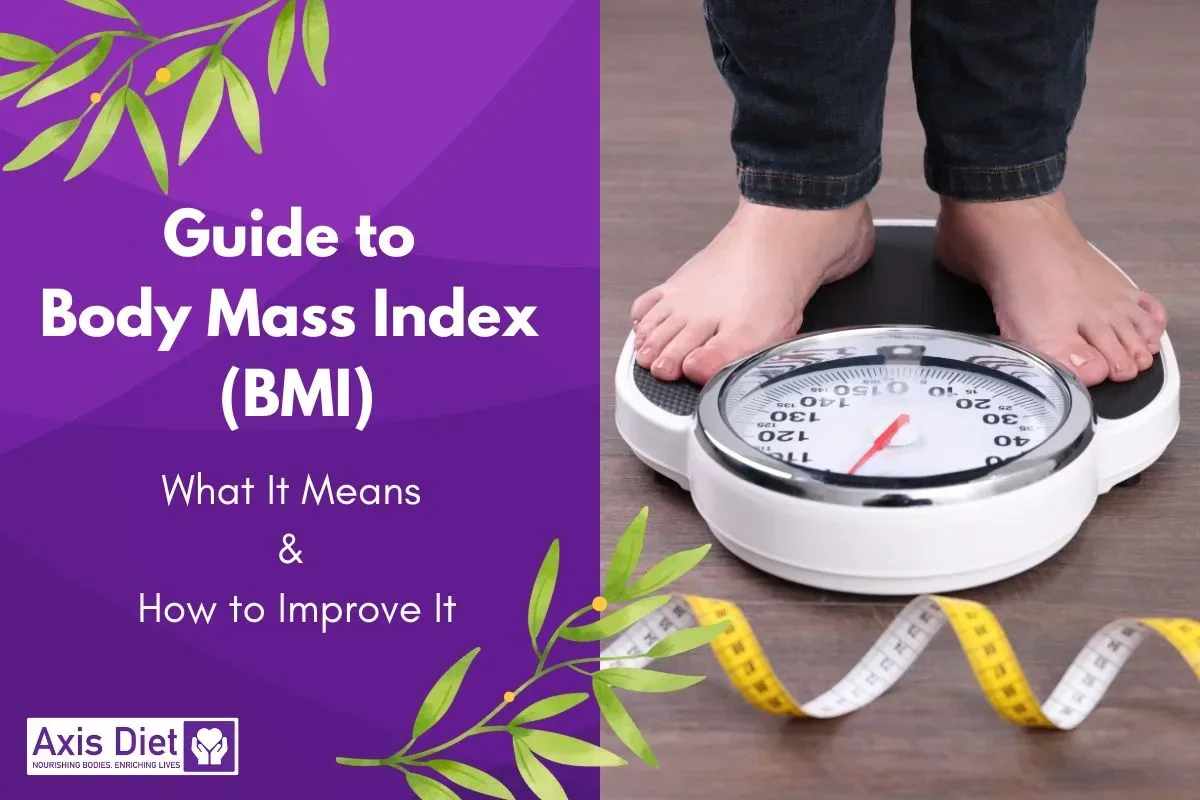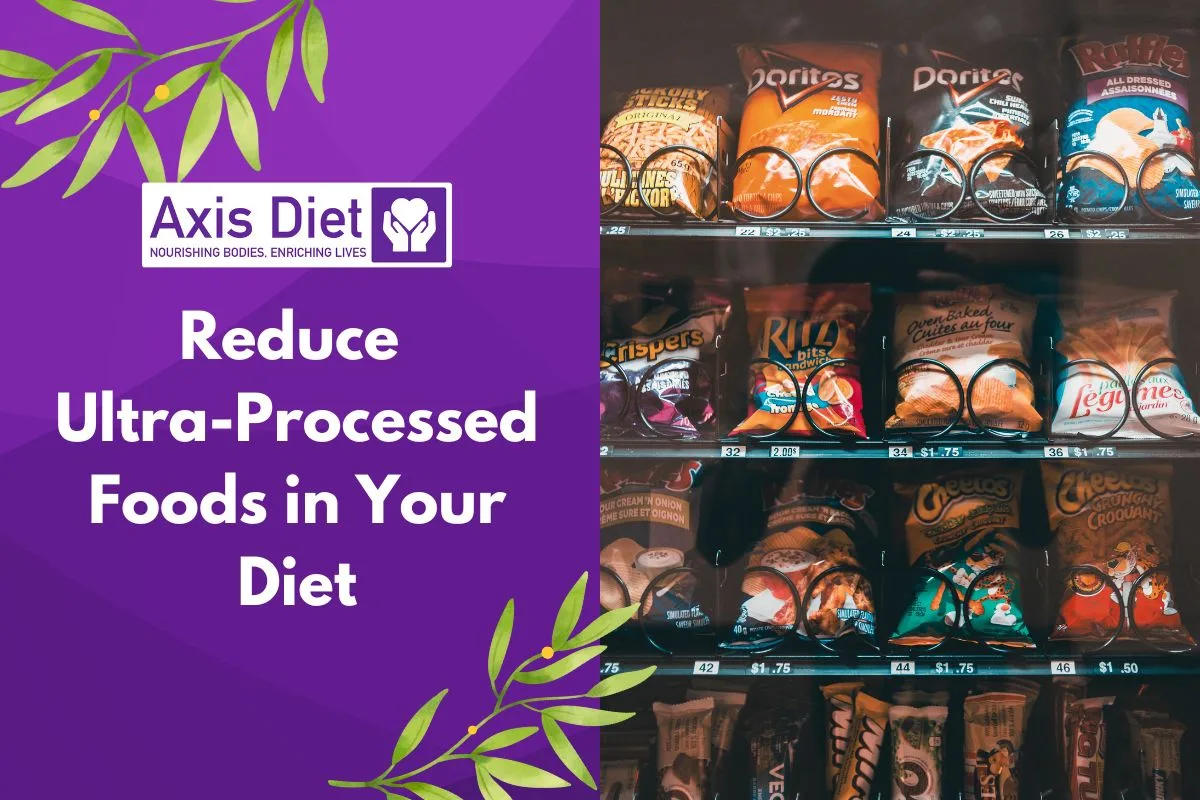Struggling to get enough protein in your diet? You’re not alone. A majority of Indians find it challenging to meet their daily protein needs due to a diet predominantly rich in carbohydrates. At Axis Diet, we’re here to help you navigate this challenge. This blog will provide practical tips and suggestions to effortlessly incorporate more protein into your daily meals while celebrating the Indian palate.
The Importance of Protein
Protein is a powerhouse macronutrient, essential for the growth and repair of tissues, maintaining muscle mass, supporting immune function, and keeping you feeling full and satisfied. It’s not just about muscles; adequate protein intake is crucial for overall health and well-being.
How Much Protein Do You Need?
The recommended dietary allowance (RDA) for protein is 0.8 grams per kilogram of body weight for adults. However, factors such as age, activity level, and overall health can influence your protein needs. It’s always advisable to consult a healthcare professional or a registered dietitian to determine your individual protein requirements.
Suppose we have a 30-year-old male, who is moderately active and weighs 70 kg.
The basic calculation using the RDA would be:
70 kg (body weight) x 0.8 g (recommended protein) = 56 grams of protein per day
However, because this individual is moderately active, his protein needs may be higher. Physical activity increases protein requirements to support muscle repair and growth.
Let’s say his activity level increases his needs to 1.2 grams of protein per kilogram of body weight:
70 kg (body weight) x 1.2 g (protein adjusted for activity) = 84 grams of protein per day
As you can see, the same individual may need 56 grams of protein per day if sedentary but may require 84 grams or more if moderately active. This example illustrates the importance of adjusting protein intake based on various factors, including activity level. Consulting a healthcare professional or a registered dietitian can help tailor recommendations to individual needs and lifestyle.
Ways to Incorporate More Protein into Your Indian Diet
- Embrace Lentils and Legumes: Lentils and legumes like chickpeas, kidney beans, and black gram are not only staple foods in the Indian diet but also excellent sources of plant-based protein. A cup of cooked lentils, for example, packs around 18 grams of protein. So, make sure to include a variety of lentils and legumes in your meals.
- Opt for Dairy: Dairy products such as milk, yogurt, and cheese are not only rich in protein but also provide essential nutrients like calcium and vitamin D. A cup of milk, for instance, contains about 8 grams of protein. Incorporate dairy products into your meals and snacks whenever possible.
- Include Eggs: Eggs are a complete source of protein, meaning they contain all nine essential amino acids. One large egg offers about 6 grams of protein. Whether you prefer them boiled, scrambled, or as an omelet, eggs are a versatile and convenient way to boost your protein intake.
- Choose Lean Meat and Poultry: For non-vegetarians, chicken, fish, and lean cuts of meat are excellent sources of high-quality protein. A 100-gram serving of chicken breast, for example, contains about 31 grams of protein. Include lean meat and poultry in your meals for a protein boost.
- Snack on Nuts and Seeds: Almonds, peanuts, sunflower seeds, and pumpkin seeds are nutrient-dense snacks that provide healthy fats, fiber, and protein. A handful of mixed nuts, for instance, provides around 7-9 grams of protein. Keep a stash of nuts and seeds handy for a quick and healthy snack.
Active Tips to Boost Protein Intake
- Kickstart Your Day with Protein: Start your day on a high note by including protein-rich foods like eggs, milk, or yogurt in your breakfast. This will not only help you meet your protein requirements but also keep you feeling full and satisfied throughout the morning.
- Snack Smartly: Swap out processed snacks for protein-rich alternatives like nuts, seeds, or roasted chickpeas. This simple switch will not only help you increase your protein intake but also provide essential nutrients.
- Protein at Every Meal: Make a conscious effort to include a source of protein, whether it’s lentils, dairy, or meat, at every meal. This will help you spread your protein intake throughout the day and ensure you meet your daily requirements.
- Experiment with Protein-Rich Flour: Substitute regular flour with protein-rich alternatives like chickpea flour (besan) or millet flour in your recipes. This is an easy way to increase the protein content of your meals without making drastic changes to your diet.
- Eat your Protein First: When eating a meal, eat the protein source first, especially before you get to the starches. Eating protein first can help keep your blood sugar and insulin levels from rising too high after a meal.
Conclusion
Increasing your protein intake doesn’t have to be a daunting task. With a bit of planning and creativity, you can easily meet your protein requirements while enjoying delicious and nutritious meals. Remember, a balanced diet that includes a variety of foods from all food groups is key to overall health and wellness.
Join us at Axis Diet for more actionable advice and tools to help you embrace a healthier lifestyle. Your journey to better health starts here.






[…] protein is a crucial macronutrient, it’s equally important to consume it as part of a balanced diet. This includes a variety of foods to ensure adequate intake of carbohydrates, fats, fiber, […]
[…] Your protein needs depend on your body weight, activity level, and fitness goals. A general guideline for active individuals is to consume around 0.8-1.0 grams of protein per kilogram of body weight daily. For muscle building or during periods of intense training, this requirement can increase to 1.2 to 2.0 grams per kilogram. Calculating your needs can help you understand how much whey protein to incorporate into your diet, alongside other protein sources, to meet your daily goals. […]